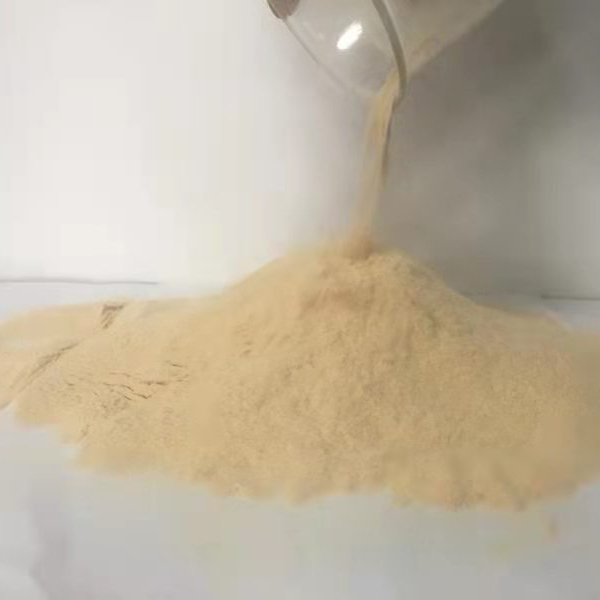
News
Nov . 10, 2024 14:45 Back to list
Effective Strategies for Detoxifying Mercury Using Chelating Agents and Related Techniques
The Role of Mercury Chelating Agents in Detoxification
Mercury is a heavy metal that poses significant health risks to humans and the environment. Exposure to mercury can occur through various sources, including contaminated fish, industrial emissions, and dental amalgams. The toxic effects of mercury are well-documented, leading to neurological, cognitive, and developmental impairments, particularly in vulnerable populations such as children and pregnant women. In combating mercury toxicity, chelating agents play a pivotal role.
What Are Chelating Agents?
Chelating agents are chemical compounds that form stable complexes with metal ions. This process, known as chelation, enhances the solubility of these metal ions and facilitates their excretion from the body. Some commonly used chelating agents for mercury include dimercaptosuccinic acid (DMSA), n-acetylcysteine (NAC), and mercury-specific agents like mercury thiol complexing agents.
Mechanism of Action
The primary mechanism by which chelating agents function is through the formation of a stable complex with the mercury ion. When administered, these agents bind to mercury, preventing it from interacting with biological molecules such as proteins and enzymes. The mercury-chelate complex is then excreted through the kidneys, reducing the overall mercury burden in the body.
DMSA, for instance, is a water-soluble compound that is particularly effective in the treatment of lead and mercury poisoning. It primarily works by competing with mercury for binding sites in the body, effectively reducing its toxicity. Studies have shown that DMSA can significantly lower levels of mercury in urine and blood, demonstrating its efficacy as a chelating agent.
Clinical Applications
The clinical application of mercury chelating agents primarily centers on treating mercury poisoning. In acute cases, such as those arising from industrial accidents or ingesting mercury-containing substances, immediate chelation therapy can be life-saving. In chronic exposure situations, where individuals may have accumulated mercury over time, long-term chelation therapy may be necessary to alleviate symptoms and prevent further health deterioration.
mercury chelating agent

However, it is essential to recognize that while chelation therapy can effectively remove mercury from the body, it does not reverse damage already caused by mercury exposure. For instance, cognitive impairments and other neurological disorders may persist even after mercury levels have been reduced. Therefore, chelation therapy should be part of a comprehensive treatment plan that includes supportive care and monitoring.
Safety and Side Effects
While chelating agents are generally considered safe when administered under medical supervision, they can cause side effects. Common side effects include gastrointestinal disturbances, headache, and allergic reactions. More serious adverse effects, such as kidney damage or depletion of essential minerals (e.g., zinc, copper), can occur if the therapy is not properly managed.
In addition, inappropriate use of chelating agents, particularly in individuals without documented mercury toxicity, can lead to unnecessary complications. Therefore, it is crucial to conduct thorough assessments before initiating chelation therapy.
Environmental Considerations
Beyond human health, mercury contamination is also a significant environmental concern. Chelating agents have potential applications in environmental remediation processes as well. They can be utilized to enhance the bioavailability of mercury in contaminated soils and sediments, thereby facilitating its removal through various methods such as phytoremediation or chemical extraction. This dual application underscores the importance of chelating agents in addressing both human and environmental health issues related to mercury.
Conclusion
Mercury chelating agents are vital tools in the management of mercury toxicity, providing a mechanism to remove this harmful metal from the body effectively. Their role extends from clinical applications in treating poisoned individuals to potential environmental remediation strategies. However, caution must be exercised to ensure their safe and effective use. Continued research and education on the use of chelating agents will be essential in mitigating the health risks associated with mercury exposure and protecting both human and environmental health. As our understanding of these agents evolves, they may hold the key to safer futures free from the dangers of mercury toxicity.
-
Polyaspartic Acid Salts in Agricultural Fertilizers: A Sustainable Solution
NewsJul.21,2025
-
OEM Chelating Agent Preservative Supplier & Manufacturer High-Quality Customized Solutions
NewsJul.08,2025
-
OEM Potassium Chelating Agent Manufacturer - Custom Potassium Oxalate & Citrate Solutions
NewsJul.08,2025
-
OEM Pentasodium DTPA Chelating Agent Supplier & Manufacturer High Purity & Cost-Effective Solutions
NewsJul.08,2025
-
High-Efficiency Chelated Trace Elements Fertilizer Bulk Supplier & Manufacturer Quotes
NewsJul.07,2025
-
High Quality K Formation for a Chelating Agent – Reliable Manufacturer & Supplier
NewsJul.07,2025
